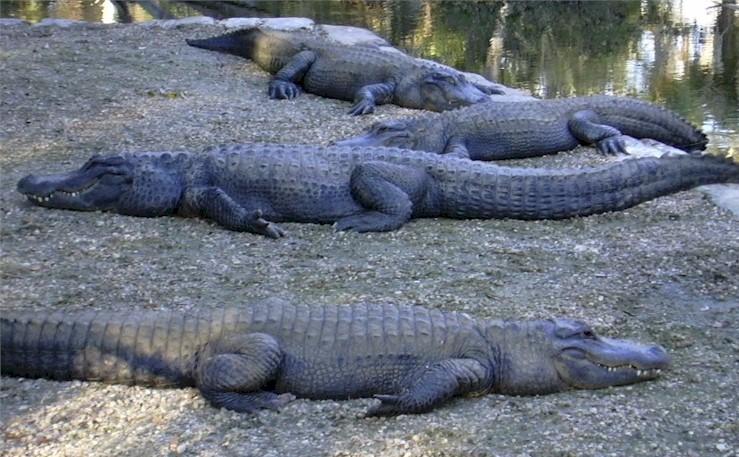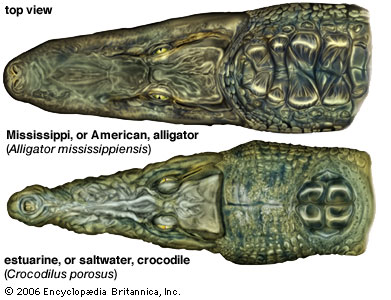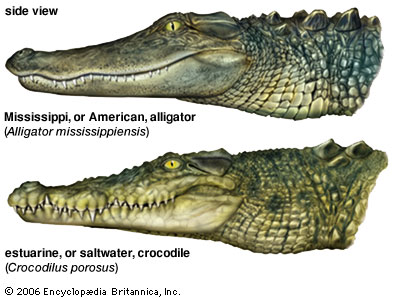It’s February! It’s cold in the northern hemisphere. The weather is nasty. There even were a few snowflakes yesterday, can you believe it? However, you’ve found the solution: to jump on the next flight to Florida!
And here I say: “Wow! Not so fast!”
First, it’s been a bit cold in Florida too this winter. Also, who in their mind is thinking about traveling during a pandemic? Do they realize that people traveling right now share a big responsibility in this pandemic being neverending?
Anyway, I didn’t come here today to talk about the weather or viruses. I’m writing today to tell you about one of the other many dangers of Florida.
You need to understand that if you go to Florida on a whim and without any kind of preparation, you are taking big risks. Very big risks. Maybe not to the point of losing your life, but losing an arm or a leg is a realistic outcome here.
For uninformed people, Florida usually evokes images of the sea, sun, palm trees, tanned oiled bodies, steamy nightclubs, and the infamous Florida Man from the news. Yeah, sure, Florida is all that too. However, Florida is also and mostly a region with rich wild nature. Something few people from other parts of the world are usually aware of. And this stunning nature is not without danger.
As a matter of fact, this side of Florida has always been the one I was the fondest of when I lived there. So let me tell you a little bit about it today, if you don’t mind, in the hope that one day you will follow in my footsteps. That is, if you ever go to Florida, please avoid this very overrated and unsustainable place that South Beach is. Instead, plunge into the heart of the Everglades, or even into other less famous, but equally exciting swamps. After all, this site is named after them.
I’ll leave sharks, stingrays, snakes, and poisonous plants aside. Today, I want to focus your attention on my favorite reptiles: alligators!

For starters, I want to talk about the fact that too many people confuse alligators and crocodiles! Let’s not even mention caimans and gavials, I want to keep things simple.
So today I’m going to teach you:
How to recognize an alligator and how to distinguish it from a crocodile.
Let’s start with the very first misconception: No, an alligator is not green!
Its skin is rather a very dark grey. It can sometimes appear green under certain light and in certain waters, but it also can appear to be completely black under others.
Crocodiles, on the other hand, are lighter in color, tending to greenish ochre, with several variations and shades of tone depending on the different parts of the body, as well as the species.
Alligators are generally monochrome (on the top at least, the belly will always be much clearer, nearing white). That is for adults. Younglings have yellow stripes. This is the time of their life when they still have predators (most of the time adult alligators) and this allows them to hide more easily among tall marsh grass. And even if these stripes disappear once they reach adulthood, traces of them can sometimes remain long after puberty.
Wait, I see some people shaking their heads in the back.
Yes? Do you have something to say?
Oh… It’s useless to learn how to distinguish these two animals because? First, they don’t live in the same regions of the world, and? An encounter with either one of these animals will be just as painful.
I see…
Well, you are very wrong in both cases!
First of all, knowing the difference between these two animals is not only useful at cocktail parties when you want to impress your audience with your endless knowledge of the world. It is also extremely useful in other kinds of circumstances. It is when you visit Southern Florida! Why did you think I was talking about it in the first place? See, Southern Florida is the only region where the two animals coexist in the wild. And if you’re ever there and end up face to face with one of these reptiles, this knowledge can simply save your life!
See, you will not need to behave in the same way in front of an alligator and in front of a crocodile. More important, a crocodile and an alligator will not behave in the same ways when seeing you.
But we’ll talk about the psychology of these charming animals in a future post. Let’s continue to be superficial and let’s keep on focusing on their appearance only at the moment.
So, we know that the two animals are not the same color. That’s not all. Let’s leave aside the fact that they have different sizes at the same age because I don’t see us asking them their age. It’s not always very polite to do so.
Let’s look at their heads instead. And I hear the people in the back again: “Pfff, they are both ugly”. So here, I stop you right away! First of all, it is very insulting to them, and secondly, beauty is a very subjective concept. So please keep these derogatory comments to yourself.
However, if you look at their faces with all the objectivity I expect from you, what do you notice?

Exactly!
You notice that the crocodile has a much thinner snout.
It doesn’t stop there. Look at these teeth:

Look at the crocodile’s teeth. What a mess! It comes out on all sides. We don’t know what tooth comes from what part of the mouth. It doesn’t make an ounce of sense.
On the other hand, see how the alligator’s mouth is well-arranged. Teeth are neatly aligned and only the ones pointing down protrude from the mouth when it is closed.
And what other animal has this particularity?
Exactly! Rabbits! Which makes our alligators immediately more sympathetic, don’t you think?
They have at least one thing in common with rabbits, which is much more than what crocodiles can attest.
We will see that these morphological differences have an influence on the way these animals eat, and indirectly on their psychology in general. Indeed, the behaviors and lifestyles of these two animals are very different. I brush over some of their lifestyle choices that do not concern us at the moment – such as the fact that American crocodiles do not mind hanging out in brackish water while our alligator friends definitely prefer to bathe in fresh water – and we will direct our attention to their diets and hunting techniques.
While both animals have roughly the same diet – carnivorous of course – they do not catch their prey in the same way.
You all have seen documentaries where the Nile crocodile waits patiently in the muddy water for the unconscious wildebeest to come and drink right next to it only to be caught by surprise by the reptile who will drown his victim to feast on it later, right?
For the record:
Well, our American crocodile will hunt in the same way. Although, we must admit that he is much less ferocious than his African and especially Australian counterparts. Most of the time, he will be happy with catching big fish.
To be able to catch and hold big preys that will fight back because they don’t really want to be eaten, it is necessary to have a whole bunch of teeth that go in all directions. They will become as many hooks. As for the rather thin snout, it finds its purpose once the prey is dead. It’ll be easier to tear off the pieces that are difficult to access. For example, internal organs that are located inside the ribcage. Gourmets all know this. They’re usually the best parts. A bit like when I eat a roasted chicken: I always go for the gizzard.
Of course, as you can imagine, any human who is close enough to a crocodile will be considered as a potential meal.
On the other hand, alligators prefer to hunt underwater. Alligators are not stupid. In the water, they can move with ease, and speed, some would even say grace, and very few things can resist them or fight back. Out of the water, preys are much more likely to escape. Take that with a grain of salt, though. Alligators have been known to attack the way crocodiles do at times, just with much smaller prey: raccoons, opossums, dogs, toddlers, etc. But only if they’re right next to the water.
However, do not think that you have anything to fear from an alligator if you meet them on land. If they don’t hunt on land, it doesn’t mean that they’re harmless. They will attack you without hesitation if they feel threatened. An example of behavior that they will consider threatening: hanging out close to them thinking that you have nothing to fear from them.
By the way, I see some of you looking at me with incredulous eyes when I mention grace when talking about an alligator swimming. Maybe that’s because you’ve never seen one do it. Look:
But let’s get back to the way alligators hunt. Unlike their cousins who will catch anything that moves – even out of the water, trying to drown it afterward if it’s too big – I already mentioned that alligators will only attack relatively small prey. That is, preys that they can kill – or at least render harmless – in one chomp. You see, an alligator’s jaw happens to be the most powerful jaw in the animal kingdom. Adult alligators can exert up to about a ton of pressure.
Yes, it sounds scary, but remember that they rarely attack prey bigger than a raccoon. Well, if they’re hungry, large adults may attack anything that gets close enough. It’s just very rare that it’s bigger than a raccoon. Basically, if an alligator is hungry and if something is soaking in the water, the gator will attack it. It just so happens that it will be fish more often than raccoons within reach of his mouth, and raccoons more often than deer.
What about humans? Well, humans can be collateral victims too.
Not every day, of course, but alligator attacks claim the lives of about a dozen victims every decade, for about ten attacks per year. What you risk the most if you are attacked by an alligator is losing a limb. You remember, the jaw, a ton of pressure, all that: a real guillotine. Only less clean.
That’s why, now that you know how to tell a crocodile from an alligator, I’ll tell you what to do – and especially what not to do – if you encounter an alligator. But that will be for a future post…
To be continued…
Follow me here and there:
If you found this post useful, why don’t you buy me a coffee?
Discover more from liminal web
Subscribe to get the latest posts sent to your email.


